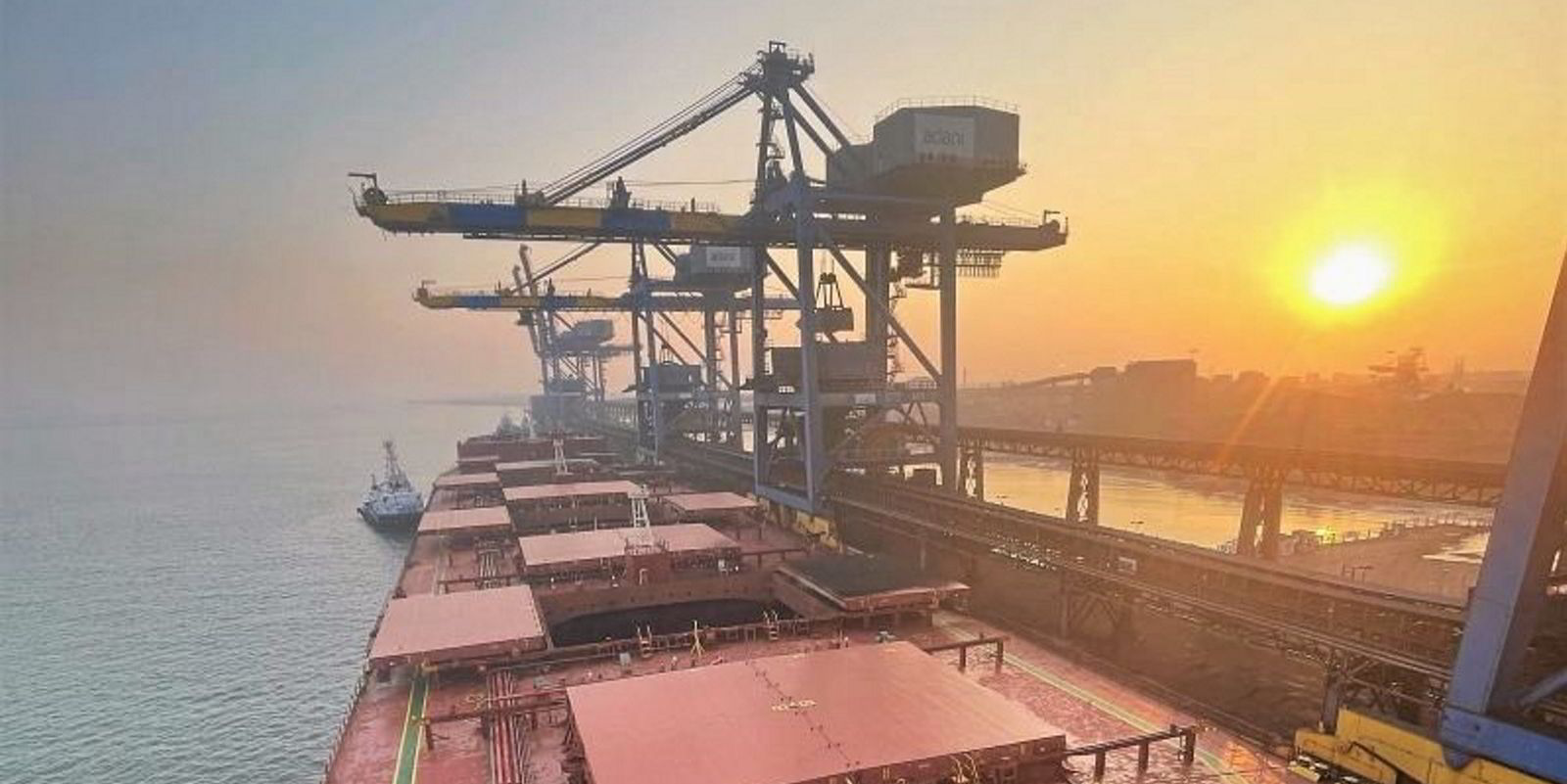There is a febrile feel about the newbuilding and sale-and-purchase sectors and it is not exactly pretty.
Shipowners have been jumping on shipyard space and competing aggressively for secondhand vessels as they look to splash the cash reserves they have built up, renew their fleets, and make decarbonisation efforts.
In the past few weeks, enigmatic Norwegian investor Kjell Inge Rokke apparently opted to drop a pair of 2027 VLCC newbuilding berths priced in the region of $127m to $128m and two optional slots that his interests had lined up at South Korea’s Hanwha Ocean.
The move is said to have prompted a rapid chain reaction.
DHT dumped the slots it had secured at new VLCC entrant China’s Jiangsu New Hantong Ship Heavy Industry and dived in on the newly vacated Hanwha Ocean positions.
This left the New Hantong berths free for trader Trafigura to make an opportunistic leap into VLCC ownership with its surprise order for a pair of 319,000-dwt newbuildings.
Brokers said shipyard berths are being snapped up as soon as they enter the market.
When New Zealand rail and ferry operator KiwiRail was forced to ditch its pair of on-order ropaxes at HD Hyundai Mipo Dockyard after its government pulled the plug on funding for the vessels, this freed up MR tanker capacity at the yard for around six vessels.
Those hungrily watching these slots said 14 potential buyers registered their interest, and within days, four of the slots had been assigned, with the remaining two expected to be booked shortly.
Brokers said this would see the space vacated by the ropaxes reassigned in just over a week.
One particularly proactive, dedicated newbuilding broker described himself and his colleagues as being “like bloodhounds” — permanently tracking and on the sniff for any faltering deals.
But however vigilant they may be, he pointed out that yards are quick to hand slots to their existing clients if, and when, they suddenly become available.
Shipbuilders and brokers talk about how the demand has stretched across all sectors with a particular focus on tankers and bulkers.
A revival is even being noted for container ships and feeder vessels on the back of recent rate upticks despite the whopping investment splurge seen in the last few years.
“It’s a bit like the Wild West,” one commented, privately indicating that not all of the action was being conducted in a calm and pleasant manner.
New look
The dearth of newbuilding positions is another factor that has fired up the secondhand market.
Brokers talk about how each vessel is attracting more than the last done deal, with the number of bidders per ship often stretching into double figures.
One spoke about how when owners counter offers submitted on vessels, buyers are accepting them without negotiation, just to be assured of securing the tonnage.
“I don’t remember a market quite like this,” he told TradeWinds.
Action-packed
On Friday last week, Clarksons Shipping Intelligence Network described the S&P markets as “highly active”, with January and February the strongest first two months of the year on record for reported sales volumes.
The brokerage’s research arm highlighted that there was “notable activity” ongoing in the bulk carrier sector with year-to-date sales running at over 40% above the 2023 run rate in deadweight tonnage terms.
With cash splashing around the market and shipyard positions tightening for 2027 delivery dates, market players said they do not anticipate activity slowing in the immediate future.
One newbuilding market expert said there may be a possibility of some of China’s so-called dead yards being brought back to life or beefed up.
The country’s existing yards are currently able to offer the earliest newbuilding positions with what some see as underpriced berths in comparison to their South Korean rivals, which are continuing to battle with labour shortages.
Brokers said they expect pricing to remain firm across all sectors.
Clarksons said its newbuilding price index has increased 1% since early 2024, after rising 10% in the full year of 2023. The broker guided that the price of an LR2 tanker now stands at $73.5m, up 14% since the start of 2023.
Other shops price VLCC newbuildings at the $130m mark or above, with MR tankers around the $50m level.








